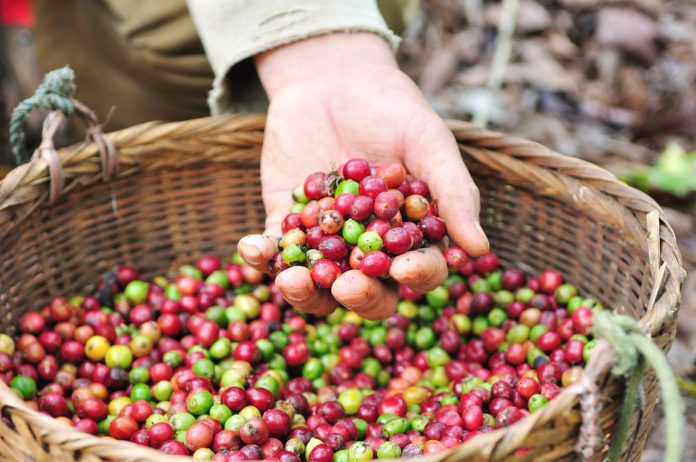The market is expected to expand at a CAGR of 13.6% during the 2016-2021 period, consultancy finds
The global market for precision agriculture solutions is forecasted to reach about 4.2 billion euros ($4.9 billion) in 2021, up from 2.2 million euros in 2016, according to a recent study by Swedish IoT analyst firm Berg Insight.
The study expects the market to grow at a CAGR of 13.6% during the period. The study also showed that solutions such as auto-guidance and machine monitoring and control via on-board displays are mainstream technologies in the agricultural industry, telematics and variable rate technology (VRT) are still in the early stages of adoption.
Interoperability between hardware and software solutions remains a challenge, although standardization initiatives led by organisations such as Agricultural Industry Electronics Foundation and AgGateway are making progress.
Most major agricultural equipment manufacturers have today initiatives related to precision agriculture although strategies vary markedly, according to the study.
“The traditional industry boundaries within the agricultural sector are slowly beginning to blur as agricultural equipment and precision farming solutions are becoming parts of broader systems”, said Fredrik Stålbrand, IoT analyst, at Berg Insight.
“The market is today evolving into a thicket of interlocking relationships that create complex competitive dynamics. Investments in APIs along with open IT architectures will be key to support the level of flexibility needed in the digital ecosystem that is emerging within the agricultural industry”, Stålbrand added.
With the forecasted growth in the global population, agriculture faces a very big challenge to rapidly increase food production. To achieve this goal, precision agriculture supported by IoT tools is being implemented in farming projects around the globe to improve the potential of the industry.
The implementation of this technology has the potential to change agriculture for good, making this traditional activity more efficient and predictable. Precision agriculture can help farmers deal with a number of challenges presented by agriculture such as water shortages, the limited availability of suitable lands for crop plantations, the difficulties farmers have to manage costs and the need to meet the increasing global demand for food resources.
“With no less than 10 billion mouths to feed within the next half century, digital agriculture will be the backbone of the secure, sustainable and food production system, Joe Michaels, senior director of Global Product Management for Precision Solutions at CNH Industrial, said during a presentation at the Enterprise IoT Summit, which took place in Austin, Texas, earlier this year. Michaels said that the four main pillars of precision agriculture are planning, seeding/planting, applications control and harvesting. The executive highlighted that precision agriculture tools allow farmers to obtain knowledgeable farm management decisions, machine and operator efficiency, lower input costs as well as higher yield production.
In related news, the installed base of wireless IoT devices in agricultural production worldwide reached 17 million connections in 2016, according to Berg Insight.
The number of wireless connections is forecasted to grow at compound annual growth rate of 10% to reach 27.4 million in 2021. The IoT specialist said there is a broad range of wireless technologies used in agricultural production with different characteristics and use cases. 802.15.4-based standards comprise the most employed wireless technology due to its wide adoption in dairy cow monitoring applications. The main application areas for cellular communication are machine telematics and remote monitoring via in-field sensor systems, Berg Insight said.
Berg Insight also said that its outlook for the agricultural technology market is positive as agricultural production remains greatly underpenetrated by wireless IoT solutions.

